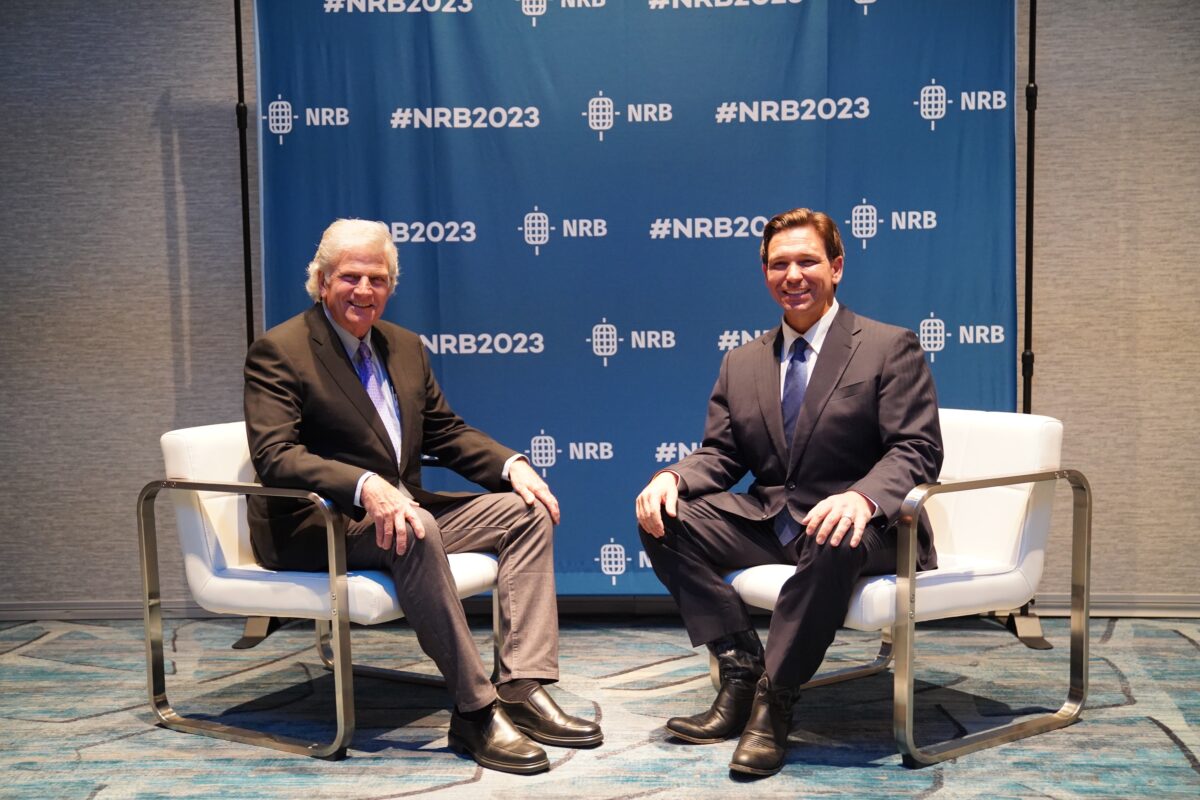
The debate on raising the debt ceiling is like a game of Russian roulette that may impress Washington politicians but poses real risks to the world.
“The president is becoming increasingly fixated on this idea that Congress can hold him hostage anytime they want. But instead of making it look like we are being held hostage we just have to change public opinion about what’s happening here. We have to get people to turn against the Republicans.”
This was Vice President Joe Biden speaking privately about the man who was his boss, President Barack Obama, in the midst of the U.S. federal government’s biggest debt ceiling crisis during the summer of 2011.
To say that this is not Biden’s first political fight in Washington is, of course, an understatement. It is important, too, to point out how well he knows that duels over raising the debt ceiling, an obligatory budgetary exercise for elected officials, and a necessary one for the federal government to function, are nothing new.
For more than a century, Congress has had a duty to periodically allow the U. S. Treasury to pay interest on the national debt. This is what is called raising the debt ceiling, and it has happened 78 times since 1960.
This does not mean directly allowing the Treasury to borrow more, but authorizing it to meet the minimal obligations already incurred; in short, so that it may pay expenses and meet commitments already approved. The legislative act of raising the debt ceiling is an opportunity for some politicians to push through political objectives — a few cuts here, some financing there, a new bill for this and that. It is here where things often get stuck.
What happens if elected officials do not reach an agreement? The theoretical answer is frightening: a payment default, the equivalent of a declaration of bankruptcy for the world’s largest economy. As the current monetary system is based on confidence, such a reversal would risk a collapse of the U.S. dollar. What investor would buy the dollar if they could not be confident that the issuer would honor its obligations? Exploding interest rates, a deep recession, massive job losses … The scenario is apocalyptic.
But that’s the theory. In practice, it is not exactly known what would happen in the event Congress refuses to raise the debt ceiling as the notion has (fortunately) never been tested before now.
However, it is this uncertainty in the face of the tremendous risk of a payment default that gives the majority party in Congress a powerful negotiating tool against a White House led by the opposing camp. This was the tool that the new Republican majority in the House of Representatives used to squeeze budgetary concessions from the Obama administration in 2011.
Such is the case yet again in 2023 for the new Republican majority in the House, which is hoping for budget commitments from the Biden administration, namely more than $4.5 trillion in cuts, particularly in health care and the energy transition program, with a few crucial differences.
Republican Wiggle Room Is Next to Nil
In 2011, Republicans were coming off an electoral landslide in the previous autumn midterms that gave them a comfortable 25-seat majority in the House.
The current Republican majority, which was promised an electoral tsunami last fall that never materialized, is five times smaller. When the Republicans passed their plan to raise the debt ceiling last month, it was by a vote of 217-215.
In other words, the Republican leader comes to the negotiating table where he cannot afford to lose any support within his own ranks. This is not what one calls a strong position.
The Republican Party Has (Largely) Abandoned Its Fight against the Deficit
While the wave that gave Republicans the majority in 2010 was strongly motivated by its will to attack the growth in the size of the federal government after Wall Street bailouts and the passage of the health care bill nicknamed “Obamacare,” it lacks the same resonance today in a party resolutely more populist and less fiscally conservative.
The best illustration of this perhaps lies in the well-placed, relentless attacks by Donald Trump on his hypothetical rival for the Republican nomination, Ron DeSantis, who is accused of wanting to gut social programs while he served as a member of Congress in the early 2010s.
After the deficits of the George W. Bush years, the Republicans could at least boast about showing fiscal prudence. Today, they can hardly claim to do so.
Simply put, in 2023, neither of the two major parties has a short, medium or long-term plan to balance the budget.
We Have an Idea of Who Would Be Politically Damaged by a Default
On this question, the 2011 episode is instructive. After waiting until 11:45 p.m. to finally reach an agreement — and provoking major jolts in the markets that were beginning to truly fear a fall into the abyss — people blamed both congressional Republicans and President Obama.
In other words, no one gains politically from a game of “chicken” that goes the distance. This means that, almost certainly, after much fuss and many headlines, there will be an agreement. The other option would be a veritable suicide pact, both economically and politically.
This does not change the fact that, in substance, another risk of economic suicide just as pernicious if not more so continues to increase progressively with every year there is additional massive debt that is leading to the doorstep of a national liability of $32 trillion.
It now comfortably eclipses the U.S. gross domestic product.





















































